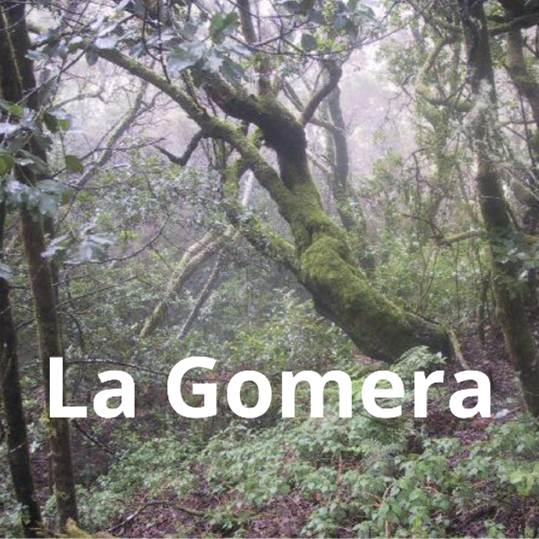Fascinating discussions and exchanges
In January 2024
On the boat that takes me to the island of La Gomera, I sit next to a lady. I started chatting with her and her journey is very interesting, here is a summary.
She is of Polish origin and, accompanied by her husband, she left her country for Germany, around the age of 30 (she is 71 this year).
Her husband’s grandfather (now deceased) had served in the German army and in exchange his children and grandchildren were eligible for German citizenship.
Her level of English being very good for a person of her age, I asked her where she learned it and there, she told me about another interesting part of her life.
Her husband died, she started a new life with a German and they bought a mobile home in the Yukon, Canada. They go back every year and she maintains her English level by reading thrillers.
She and her partner were in the Canaries for 3 weeks on an “all in” tour, I shared with her my experience of direct travel planning which for me is richer than hotels.
I hope I gave him a taste for adventure.
In any case, I was delighted to talk with her.
We can’t imagine people’s journeys.
La Gomera: an astonishing island
You’ve probably heard of Tenerife, Gran Canaria, Lanzarote or Fuerteventura but what about La Gomera?
It is one of the 7 islands that make up the Canary Islands archipelago.
Like El Hierro or La Palma, it is little known to mass tourism but delights hikers.

It covers almost 370 km² and is home to 20,783 inhabitants (2015).
During the few days I stayed there, I discovered several amazing features:
1/10 of the island is occupied by the Garajonay national park, listed on the UNESCO world heritage list: a laurel forest dating from the Tertiary era.
These deciduous trees, covered in lichen, retain their leaves all year round, capture humidity from the clouds and transform it into water.
Silbo: a whistled language still practiced
The Silbo practiced in La Gomera is one of the rare whistled languages in the world.
Included on UNESCO’s list of intangible cultural heritage since 2009, it is still practiced by part of the population and taught in schools and in certain public places.
It was invented by the Guanches, the first inhabitants of the island, to allow better communication from one valley to another when there were no other effective means. Its range is estimated at around five kilometers.
Public transport is free (in 2023, a minimum of 15 trips were still required to then be free)
And I save the best for last…
If you are a resident of La Gomera, you will be entitled to repatriation and a free funeral. This measure is part of the political program of the island council (cabildo insular) because many Gomeros (inhabitants of the island) have emigrated, either to neighboring islands or abroad and in particular to Venezuela.
For your information, according to the newspaper gomeranoticias, this measure costs €659,716 per year and is very appreciated by the population. I wondered if with this measure the cemeteries were not overcrowded, it seems not.
